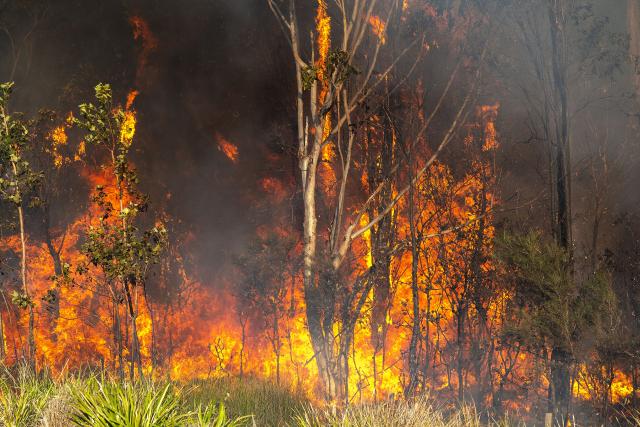Queensland Fire and Emergency Services’ (QFES) aerial firefighting fleet has been enhanced with an additional three aircraft, including an intelligence gathering aircraft and two fixed-wing water bombing aircraft in anticipation of increased fire activity this season.
A UH-60 Black Hawk will also form part of the state’s aerial fleet for the first time since the 2019 season, with the faster machine bringing increased endurance and an ability to carry up to 4,000 litres.
The Large Air Tanker (LAT) has also returned to Bundaberg where it will be based over the coming months ready to respond when needed.
Aircraft base operations have also been improved, with the Retardant and Suppressant Computerised Aircraft Loading (RASCAL) system now being used, increasing safety and accuracy when loading retardant.
Fire and Emergency Services Minister Mark Ryan said Queenslanders were no stranger to the dangers of bushfires and with hot, dry conditions expected to return this season, it’s important to ensure our firefighters have all the tools they need to keep communities safe.
“This is a significant boost to the capacity of Queensland’s aerial firefighting operations with the fleet’s overall water bombing capacity increased by about 8,000 litres,” he said.
“It’s also great to see the return of the Large Air Tanker to the Queensland fleet, in what is anticipated to be a busy season.
“With hardworking crews on the ground and the largest number of consistently contracted aircraft the state has ever had; communities can be assured we are ready for the increased fire activity expected.”
QFES Commissioner Greg Leach said the combination of drying fuels, forecast below average rainfall and above average temperatures has increased the fire risk across Queensland this season.
“Under these conditions a heavy initial attack, which our aircraft play a key role in, is our best chance of bringing fires under control quickly,” he said.
“The diversity of the fleet ensures we have a range of aircraft to meet different needs, from water bombing through to aerial surveillance and mapping.
“Already this season we’ve seen multiple fast-moving grassfires in the southern half of the state, with aircraft providing support to ground crews by dropping more than 1.5 million litres of suppressant in the last two months.
“QFES is well-equipped to deal with bushfires and our highly skilled and well-trained firefighters are ready to respond, but bushfire preparation is a community effort and now is the time to ensure you are prepared.”
QFES aerial fleet now comprises 13 aircraft which are contracted for the fire season, with approximately 150 additional planes and helicopters available in a call-when-needed capacity.







